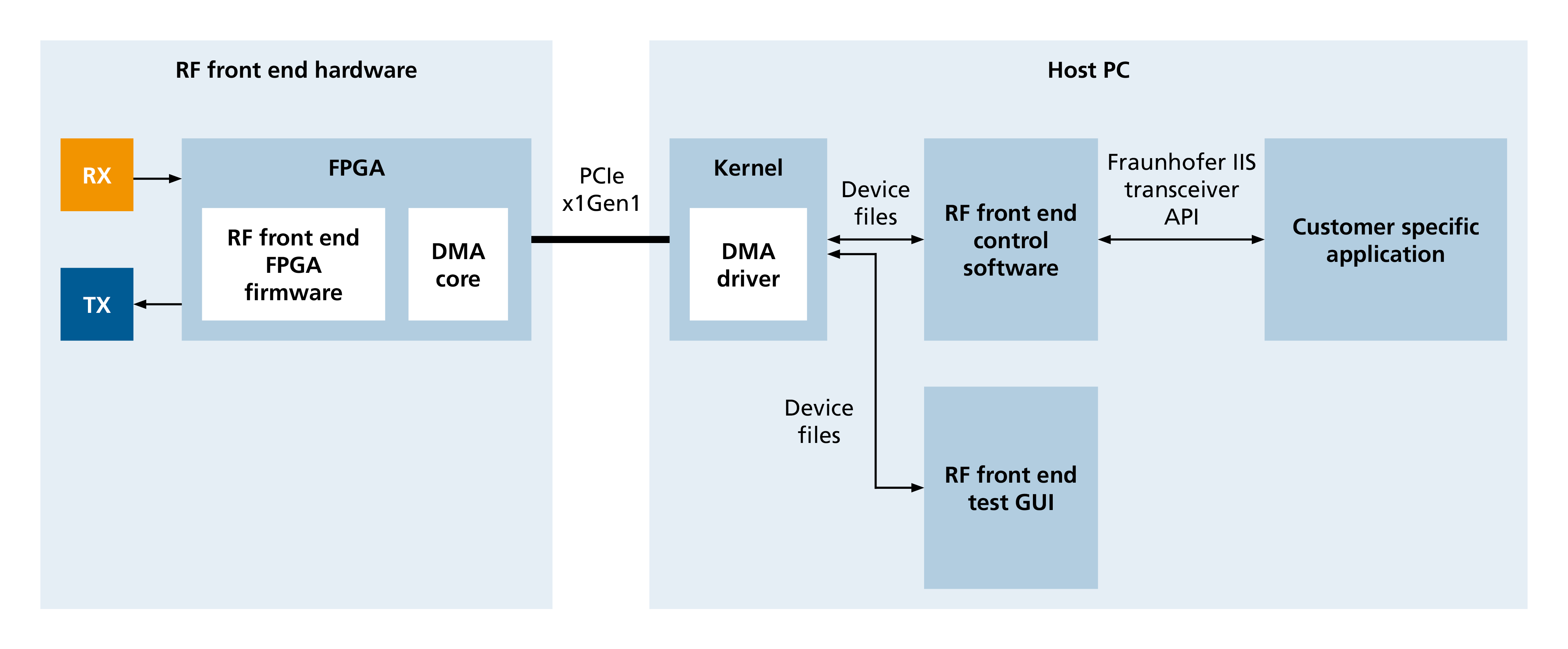Low-power wide-area networks (LPWANs) offer vast potential as a wireless connectivity option with long reach, wide coverage and low energy consumption. Paired with small battery-operated sensors, these narrow-band radio networks enable long-range communications for Massive IoT applications.
LPWANs demand a great deal from base stations that must be able to record a steady and faultless stream of data from sensors and subsequently process it in a useful form. Because the signal strengths of widely distributed sensors vary, base stations have to handle short- and long-range communication simultaneously. And they need plenty of bandwidth to ensure robust data communication even while receiving signals from many sensor nodes operating in parallel. Finally, their transmissions have to be powerful enough to make up for the limited reception sensitivity of sensor nodes in the return channel.
This is why the RF front end that serves as the interface between the antenna and processor is actually the heart of an LPWAN base station. Versatile, powerful and efficient, it provides a data processing platform for a wide range of IoT applications.

